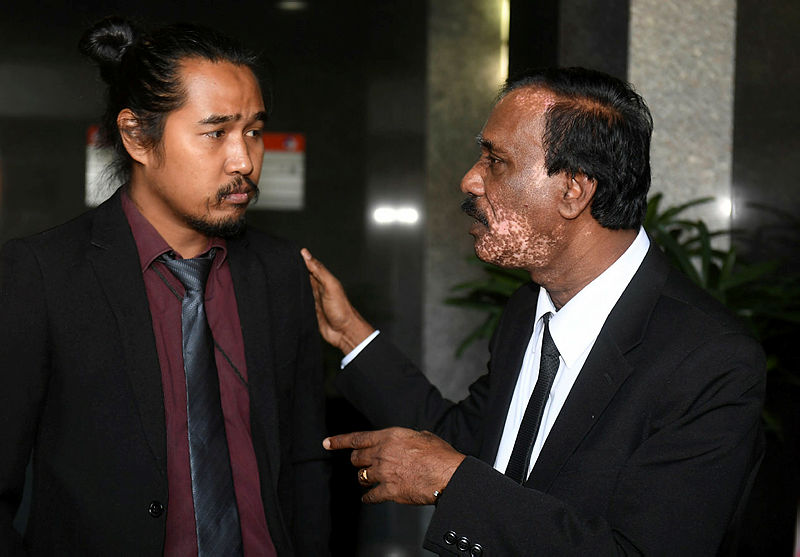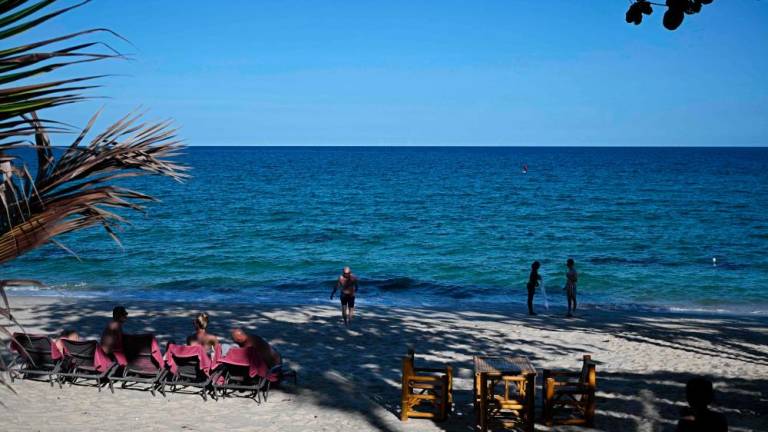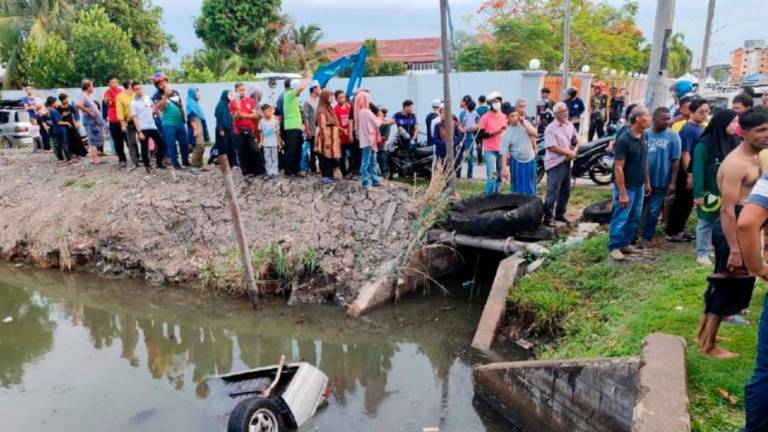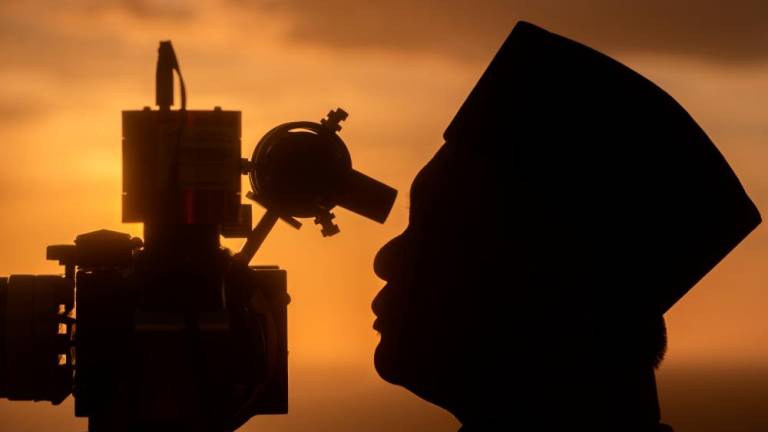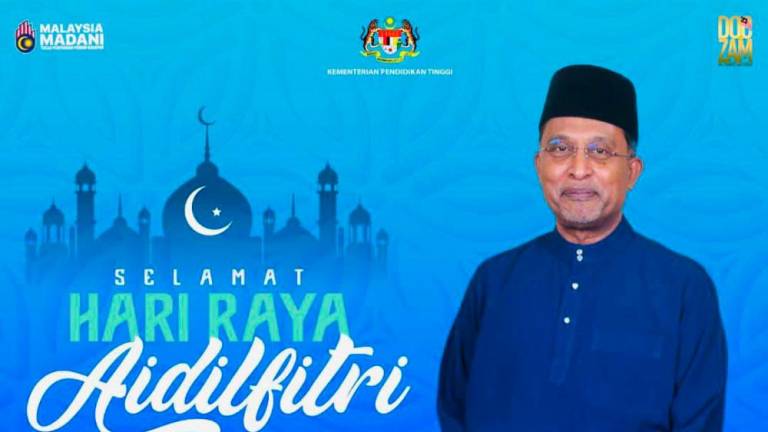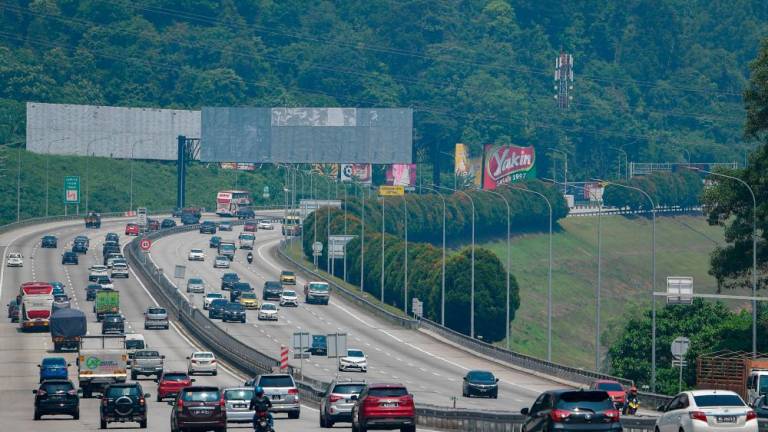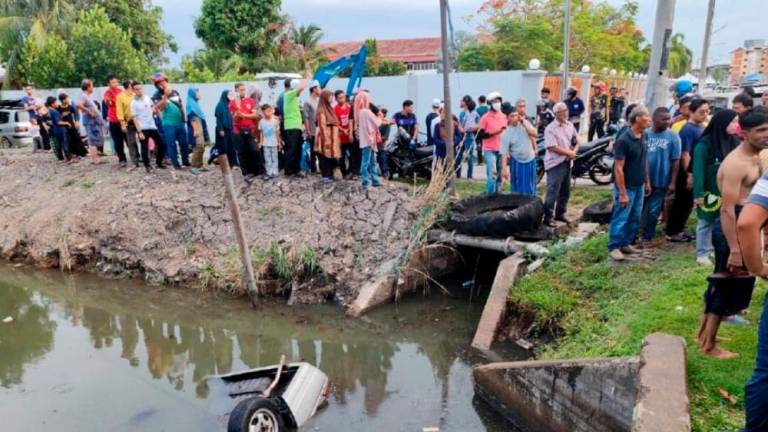PUTRAJAYA: Two journalists who were pursuing the Wang Kelian human trafficking case before it became public in late May 2015 recounted to the Royal Commission of Inquiry (RCI) probing the matter how easy it was for them to cross over the border from Thailand to Malaysia illegally.
Former Malay Mail reporter S. Arulldas, 64, said he, together with his photographer Mohd Sayuti Zainudin and two other Thai individuals who were acting as guides, had on May 13, 2015 climbed up a hill from the Thailand side of Padang Besar in their attempt to search for trafficking camps in Malaysia.
He said after close to two hours of hiking from the foothill, they finally reached the border separating the countries near Wang Kelian, which he said was only separated by barbed wires.
“There was no fencing, only border stones and barbed wires. The place is open, you can literally just walk across into Malaysia (from Thailand),” he told the RCI public inquiry, here, today.
He said it was then that he discovered several grave-like structures and an abandoned temporary camp in Wang Kelian.
Arulldas, who has been pursuing stories on migrants and trafficking in his years reporting, said he first found out the possible existence of the human trafficking camps and mass graves in Wang Kelian after he overheard a conversation at a coffee shop in March 2015.
However, he was advised by his editor then not to pursue the case until he had further evidences, as the matter concerned the security of both Malaysia and Thailand.
He added that it was only later at the end of April 2015, when Thai authorities announced the discovery of human trafficking camps in their country, that he was given the nod by the editors to run his story.
Arulldas said he had also later made several visits to Wang Kelian in an attempt to look for more leads, when he met a Perlis forest park caretaker who told him that he recently saw a score of police vehicles and ambulances at the area, raising Arulldas’ suspicion.
“I then followed up on the situation. On May 9, I went to Hat Yai, Thailand where the Thai Deputy Inspector-General of Police held a press conference on the discovery of the trafficking camps in their country. It was also there that I met the two Thai individuals who helped guide me up the hill.
“On May 10, I followed the Thai army up the hill, but that was only in Thailand. And on the night of May 12 I received a call by one of the two Thai citizens asking me if I wanted to search for the camps at the Malaysian side of the border, After discussing with my office, I agreed,” he said.
The camps in Wang Kelian were first discovered by Malaysian police in January 2015. However, it was only later at the end of May that the authorities disclosed the matter to the public.
Later when taking the stand as witness, Sayuti echoed Arulldas’ statement that they could cross over the border to Malaysia with relative ease, despite the placing of barb wires along the border.
“It’s just that, and there’s nothing else. We can easily walk over the wires, as the height is lower than my waist. There’s no fence or walls,” he said.



